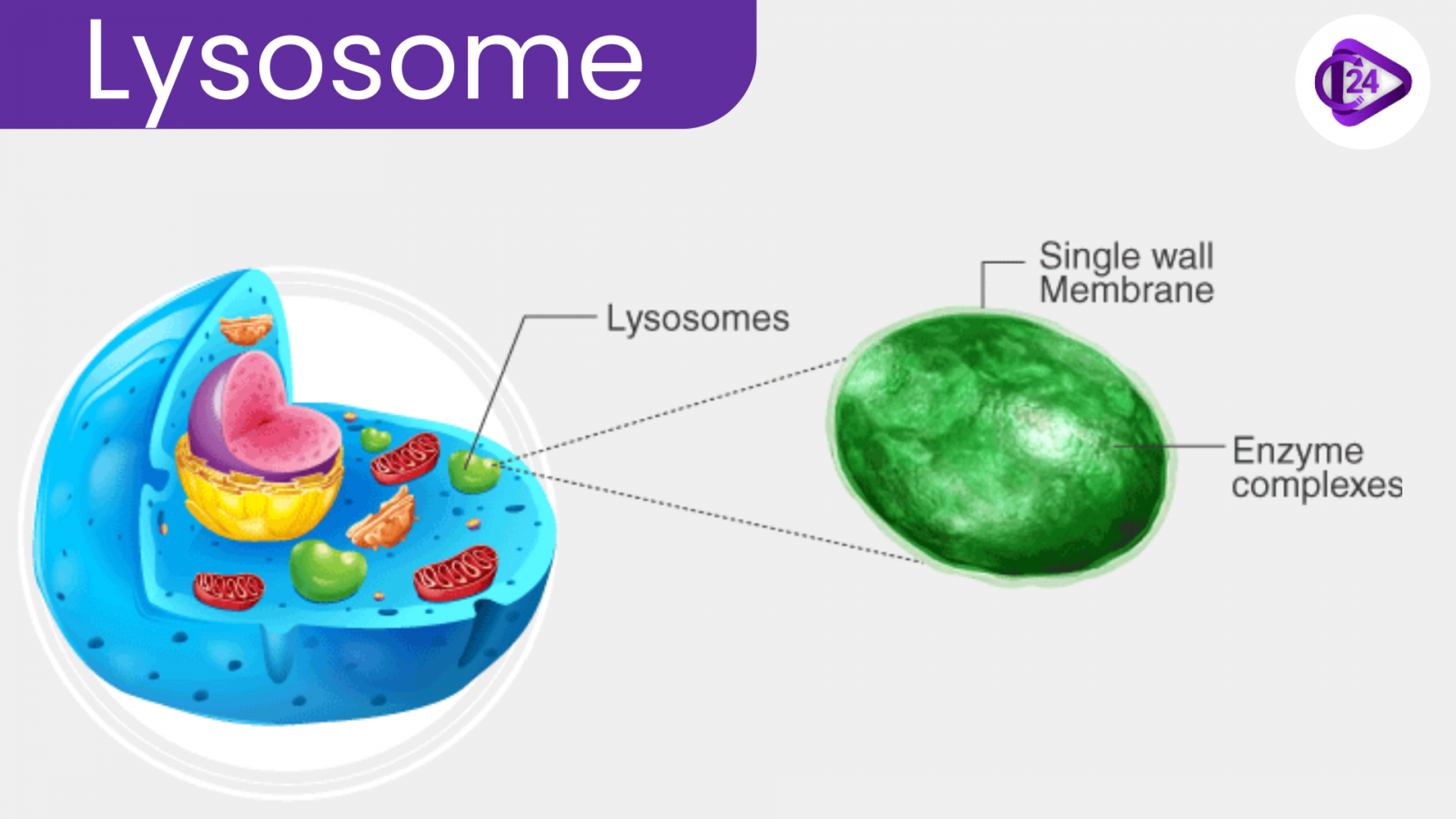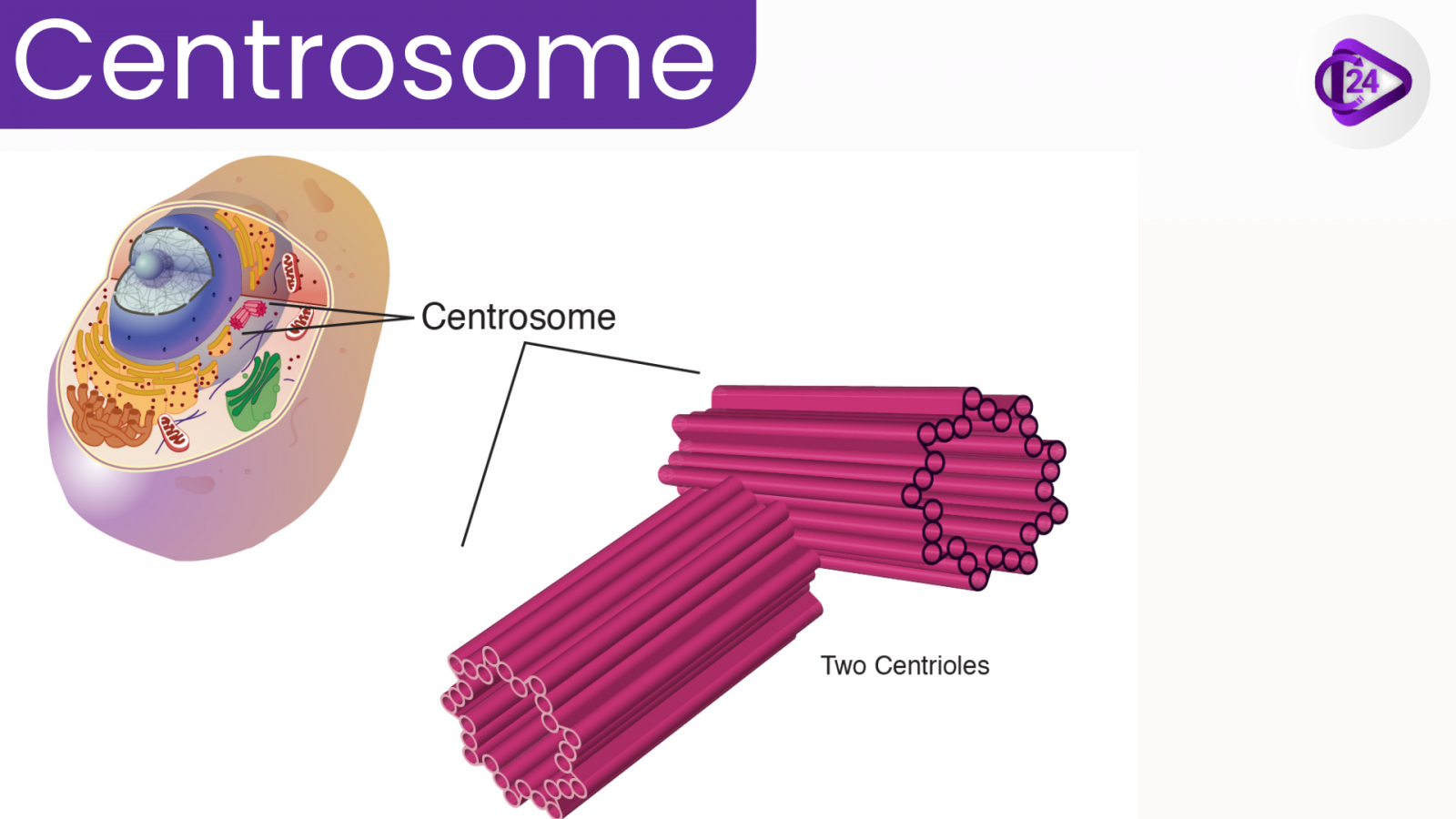Cell Structure and Functional Unit
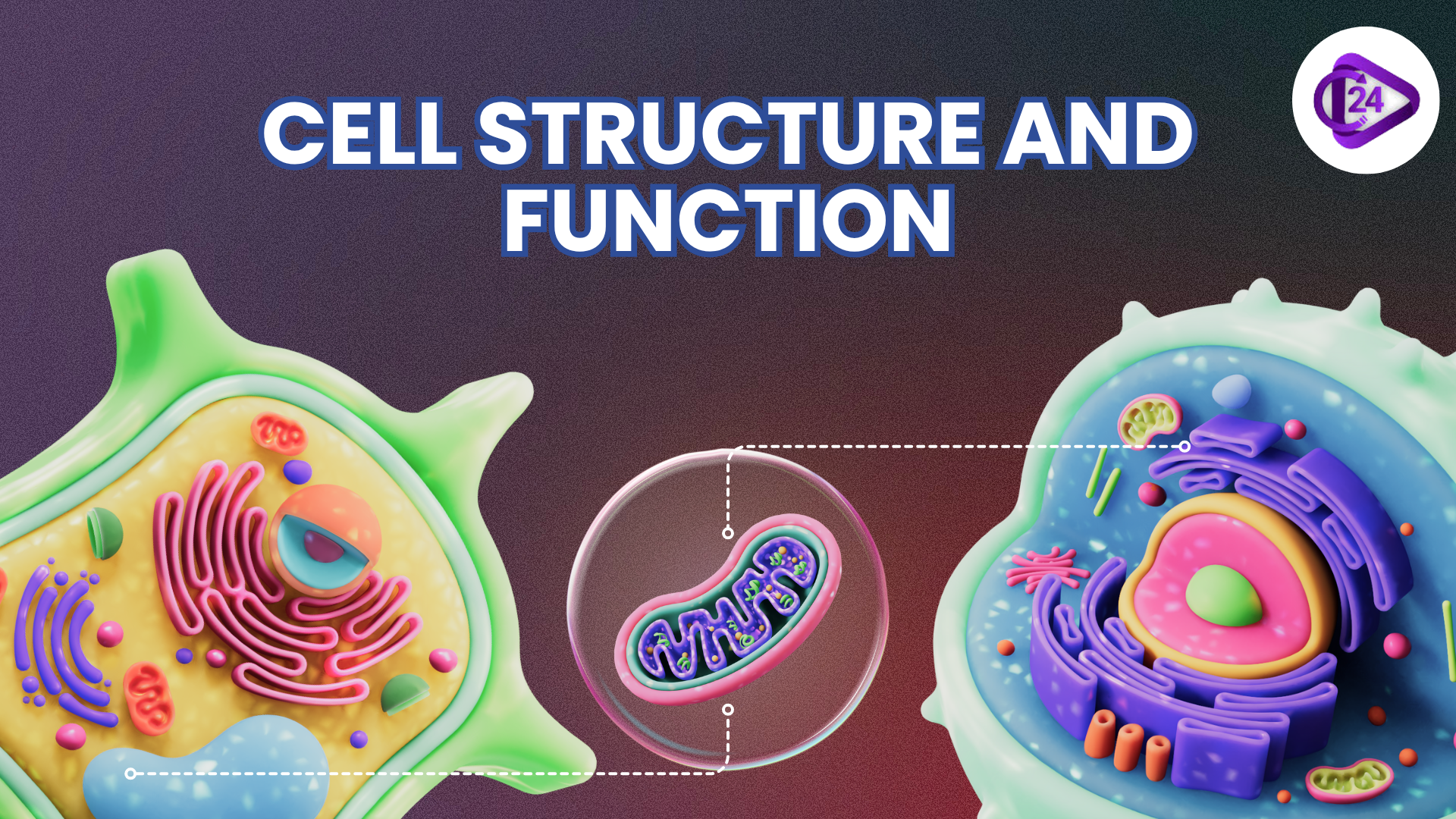
Introduction
The cell is the basic structural and functional unit of life. All living organisms, from the smallest bacteria to complex multicellular organisms like humans, are made up of cells. Cells can exist as independent units of life (in unicellular organisms) or as building blocks of more complex structures (in multicellular organisms).
1. Cell membrane
.png)
The cell membrane (also known as the plasma membrane or cytoplasmic membrane and historically referred to as the plasmalemma) is a biological membrane that separates the interior of all cells from the outside environment (the extracellular space). [Singleton P] It consists of a lipid bilayer with embedded proteins. The basic function of the cell membrane is to protect the cell from its surroundings. The cell membrane controls the movement of substances in and out of cells and organelles. In this way, it is selectively permeable to ions and organic molecules.
It is composed of four different types of molecules:
- Phospholipids
- Cholesterol
- Proteins
- Carbohydrates
Functions:
- The main functions of the cell membrane are
- It is a physical barrier to maintain the physical integrity of the cell—that is, to mechanically enclose the contents of the cell, and also
- It controls the movement of particles e.g. ions or molecules, into and out of the cell.
- Passive osmosis and diffusion: Some substances (small molecules, ions), such as carbon dioxide (CO₂) and oxygen (O₂), can move across the plasma membrane by diffusion
- It regulates the exchange of materials with its surroundings.
- Bulk Transport: Exocytosis is the process by which a cell moves the contents of secretory vesicles out of the cell via the cell membrane. Endocytosis is the opposite process by which the contents of secretory vesicles are moved into the cell via the cell membrane.
2. Cytoplasm
.png)
In cell biology, the cytoplasm is the material within a living cell, excluding the cell nucleus. It comprises cytosol (the gel-like substance enclosed within the cell membrane) and the organelles—the cell's internal sub-structures. All of the contents of the cells of prokaryotic organisms (such as bacteria, which lack a cell nucleus) are contained within the cytoplasm. Within the cells of eukaryotic organisms, the contents of the cell nucleus are separated from the cytoplasm and are then called the nucleoplasm. The cytoplasm is about 80% water and usually colorless.
Function of Cytoplasm:
- Most of the important activities of the cell occur in the cytoplasm. Cytoplasm contains molecules such as enzymes, which are responsible for breaking down waste and also aid in metabolic activity.
- Cytoplasm is responsible for giving a cell its shape. It helps to fill out the cell and keeps organelles in their place. Without cytoplasm, the cell would be deflated and materials would not be able to pass easily from one organelle to another.
- Cytosol is the part of the cytoplasm that does not contain organelles. Instead, cytosol is confined by the boundaries of a matrix that fills the part of the cell that does not contain organelles.
3. Nucleus
.png)
Nucleus—Robert Brown: Discovery of nucleus
- Flemming: Gave the chromatin term, staining of nuclear material by basic dyes
- Nuclear envelope: Two parallel discontinuous membranes with perinuclear space of 10-50 nm
- Barrier in between cytoplasm and nucleoplasm
- Nuclear pore: Passage for movement of proteins and mRNA in both directions between the nucleus and the cytoplasm.
- Nucleolus : Content of nucleolus is continuous with rest of the nucleoplasm because it is a membrane-less structure
- Nucleoplasm: Nuclear matrix Contains Nucleolus and chromatin Site of active rRNA synthesis
- Chromatin: Extended and elaborate network of nucleoprotein fibers in the interphase nucleus.
Nucleus Function
Following are the important nucleus functions:
- It contains the cell’s hereditary information and controls the cell’s growth and reproduction.
- The nucleus has been clearly explained as a membrane-bound structure that comprises the genetic material of a cell.
- It is not just a storage compartment for DNA, but also happens to be the home of some important cellular processes.
- First and foremost, it is possible to duplicate one’s DNA in the nucleus. This process has been named DNA Replication and produces an identical copy of the DNA.
- Producing two identical copies of the body or host is the first step in cell division, where every new cell will get its own set of instructions.
- Secondly, the nucleus is the site of transcription. Transcription creates different types of RNA from DNA. Transcription would be a lot like creating copies of individual pages of the human body’s instructions, which may be moved out and read by the rest of the cell.
- The central rule of biology states that DNA is copied into RNA, and then proteins.
4. Mitochondrion
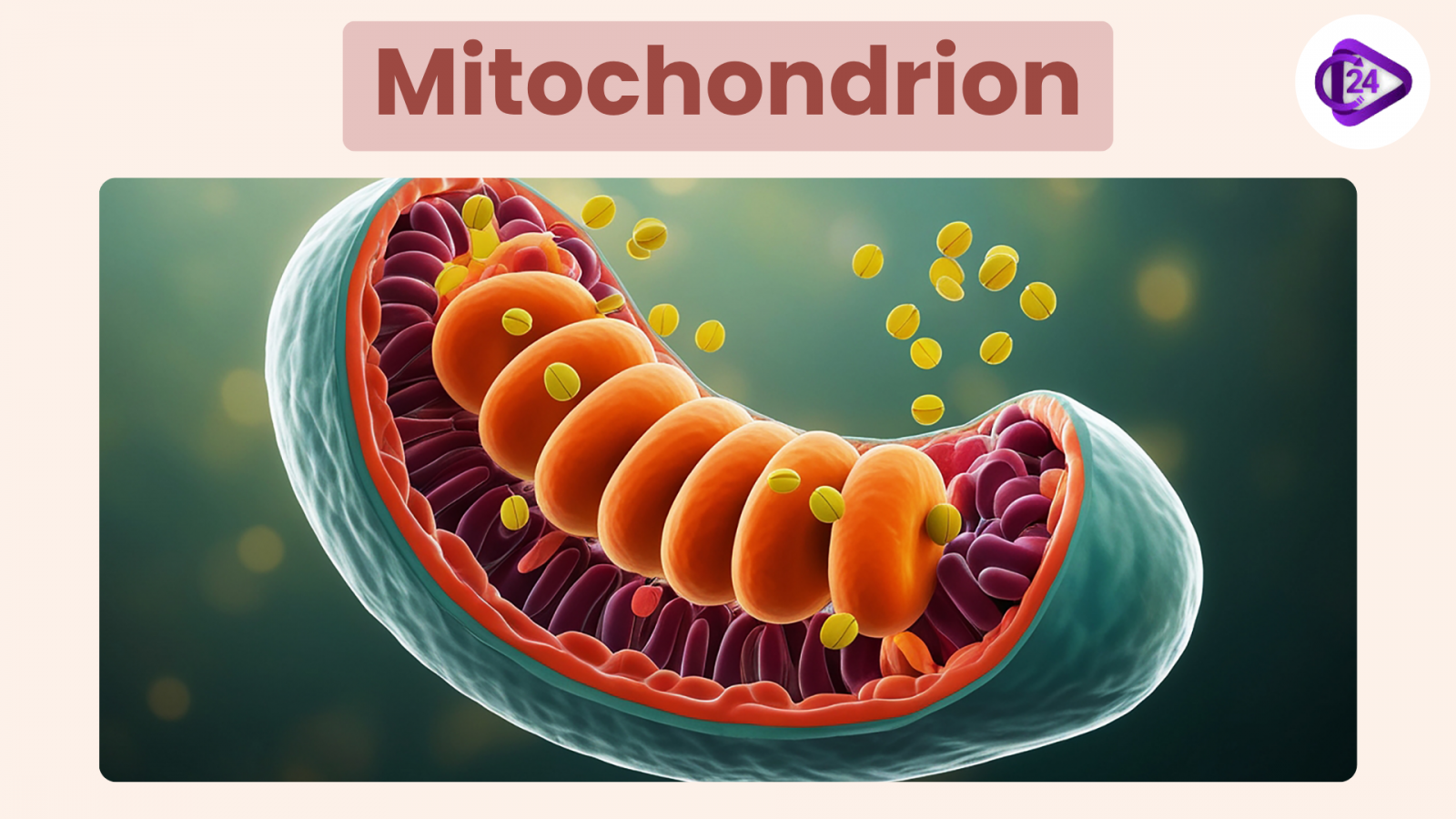
The mitochondrion is a double-membrane-bound organelle found in most eukaryotic organisms. Mitochondria generate most of the cell's supply of adenosine triphosphate (ATP), used as a source of chemical energy.
- Number, shape, size and structure are variable
- Sausage-like or cylindrical shape
- Site of aerobic respiration
- Produce ATP, the powerhouse of the cell.
- Divide by fission
Function
The most prominent roles of mitochondria are to produce the energy currency of the cell and to regulate cellular metabolism.
- Energy conversion
- Storage of calcium ions
- Regulation of the membrane potential
- Calcium signaling
- Regulation of cellular metabolism
- Steroid synthesis.
- Hormonal signaling
5. Endoplasmic reticulum (ER)
.png)
The endoplasmic reticulum transpires in two forms: a type with a ribosome-studded surface and another with a smooth surface. The latter is called the smooth endoplasmic reticulum, and the former is called the rough endoplasmic reticulum. These membranes form continuous folds, eventually joining the outer layer of the nuclear membrane. Except for sperm cells and red blood cells, the endoplasmic reticulum is observed in every other type of eukaryotic cell.
Functions:
- The endoplasmic reticulum serves many general functions, including the folding of protein molecules in sacs called cisternae and the transport of synthesized proteins in vesicles to the Golgi apparatus.
- Synthesize lipids, oils, Phospholipids.
- Synthesis of Steroids and Sex hormones.
- Hydrolysis of glycogen.
6. Ribosomes
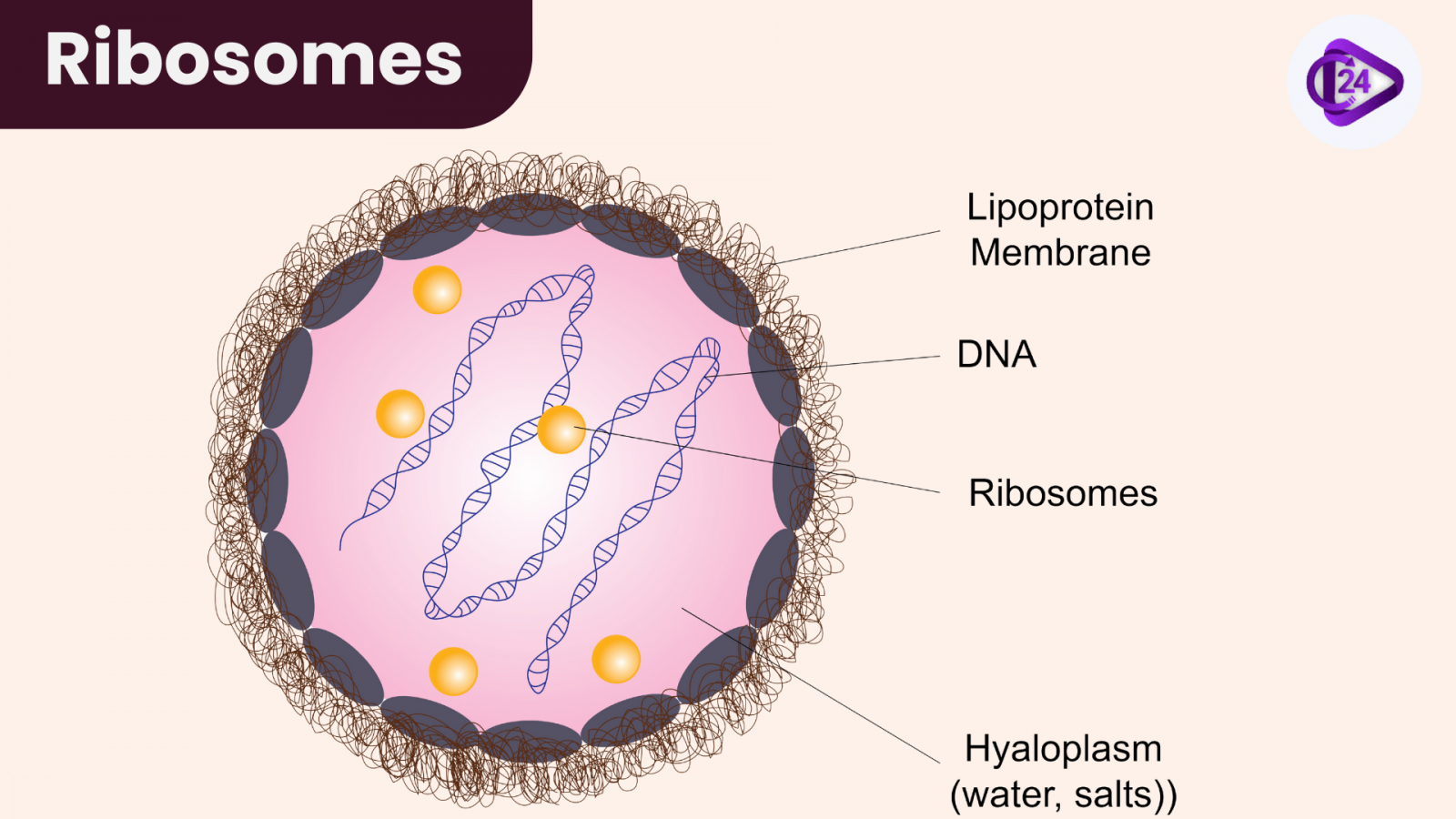
Ribosomes are non-membrane-bound cell structures that serve as protein synthesis sites. They have nearly equal amounts of protein and a type of ribonucleic acid known as rRNA (ribosomal RNA). Some ribosomes associate with the endoplasmic reticulum, while others float freely in the cytoplasm. Whether free or attached, ribosomes typically cluster in groups connected by a strand of another type of ribonucleic acid called mRNA (messenger RNA). Polyribosomes and polysomes are the names given to these clusters.
Function:
Ribosomes are minute particles consisting of RNA and associated proteins that function to synthesize proteins. Proteins are needed for many cellular functions, such as repairing damage or directing chemical processes. Ribosomes can be found floating within the cytoplasm or attached to the endoplasmic reticulum.
7. Golgi apparatus
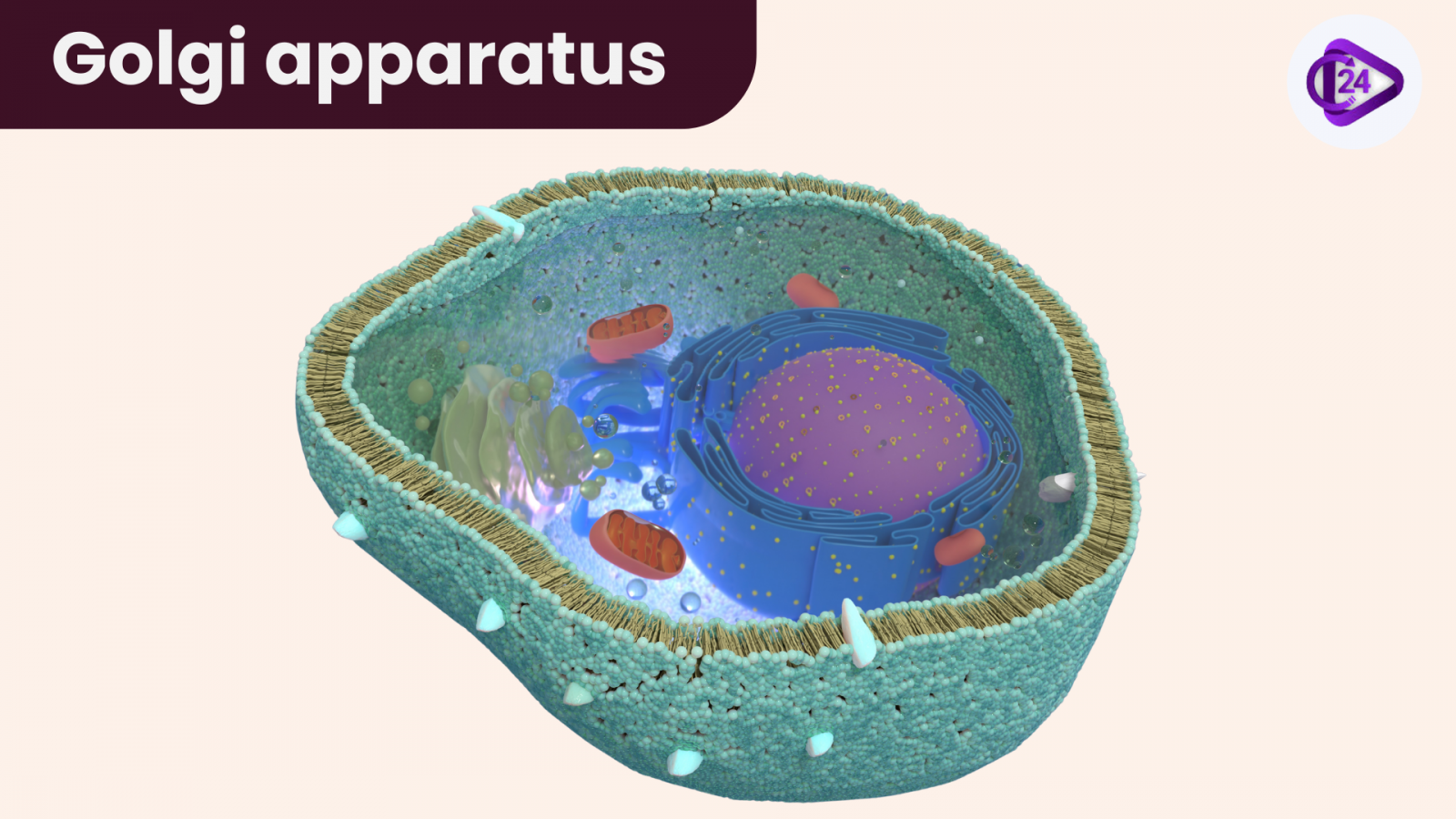
The Golgi apparatus, also known as the Golgi complex, Golgi body, or simply the Golgi, is an organelle found in most eukaryotic cells.
In most eukaryotes, the Golgi apparatus is made up of a series of compartments and is a collection of fused, flattened membrane-enclosed disks known as cisternae (singular: cisterna, also called "dictyosomes"), originating from vesicular clusters that bud off the endoplasmic reticulum. A mammalian cell typically contains 40 to 100 stacks of cisternae.
Function:
The Golgi apparatus is a major collection and dispatch station of protein products received from the endoplasmic reticulum (ER). Proteins synthesized in the ER are packaged into vesicles, which then fuse with the Golgi apparatus. These cargo proteins are modified and destined for secretion via exocytosis or for use in the cell. In this respect, the Golgi can be thought of as similar to a post office: it packages and labels items, which it then sends to different parts of the cell or to the extracellular space. The Golgi apparatus is also involved in lipid transport and lysosome formation.
8. Lysosome
Lysosome is an organelle in the cytoplasm of eukaryotic cells containing degradative enzymes enclosed in a membrane. Besides degradation of polymers, the lysosome is involved in various cell processes, including secretion, plasma membrane repair, cell signaling, and energy metabolism.
Lysosomes are specialized vesicles within cells that digest large molecules through the use of hydrolytic enzymes. Vesicles are small spheres of fluid surrounded by a lipid bilayer membrane, and they have roles in transporting molecules within the cell.
9. Centrosome
In cell biology, the centrosome (Latin centrum 'center' + Greek sōma 'body') is an organelle that serves as the main microtubule organizing center (MTOC) of the animal cell as well as a regulator of cell-cycle progression.
In cell biology, the centrosome is an organelle that is the main place where cell microtubules are organized. Also, it regulates the cell division cycle, the stages which lead up to one cell dividing into two. Centrosomes are associated with the nuclear membrane during the prophase stage of the cell cycle. In mitosis the nuclear membrane breaks down and the centrosome-nucleated microtubules can interact with the chromosomes to build the mitotic spindle.
Endomembrane System
| Organelle | Structure | Function |
|---|---|---|
| Endoplasmic Reticulum (ER) | Network of membranes (Rough & Smooth) | Rough ER: protein synthesis; Smooth ER: lipid synthesis, detoxification |
| Golgi Apparatus | Stack of flattened membrane sacs | Modifies, sorts, packages proteins and lipids into vesicles |
| Lysosomes (mainly animal cells) | Membrane-bound vesicles with enzymes | Break down waste, damaged organelles, and foreign substances |
| Vacuoles | Fluid-filled sacs | Store nutrients and waste products; large central vacuole in plant cells |
conclusion
The cell is a highly organized structure that performs essential functions for life. Its various organelles, including the cell membrane, cytoplasm, nucleus, mitochondria, and others, work together to maintain cellular integrity. The cell membrane regulates material movement, while the cytoplasm supports cellular activities. The nucleus controls growth and reproduction, and mitochondria provide energy. Organelles like the endoplasmic reticulum, Golgi apparatus, and lysosomes are key in protein synthesis, transport, and waste management. Together, these components ensure the cell's survival and proper functioning, forming the foundation of all living organisms.




